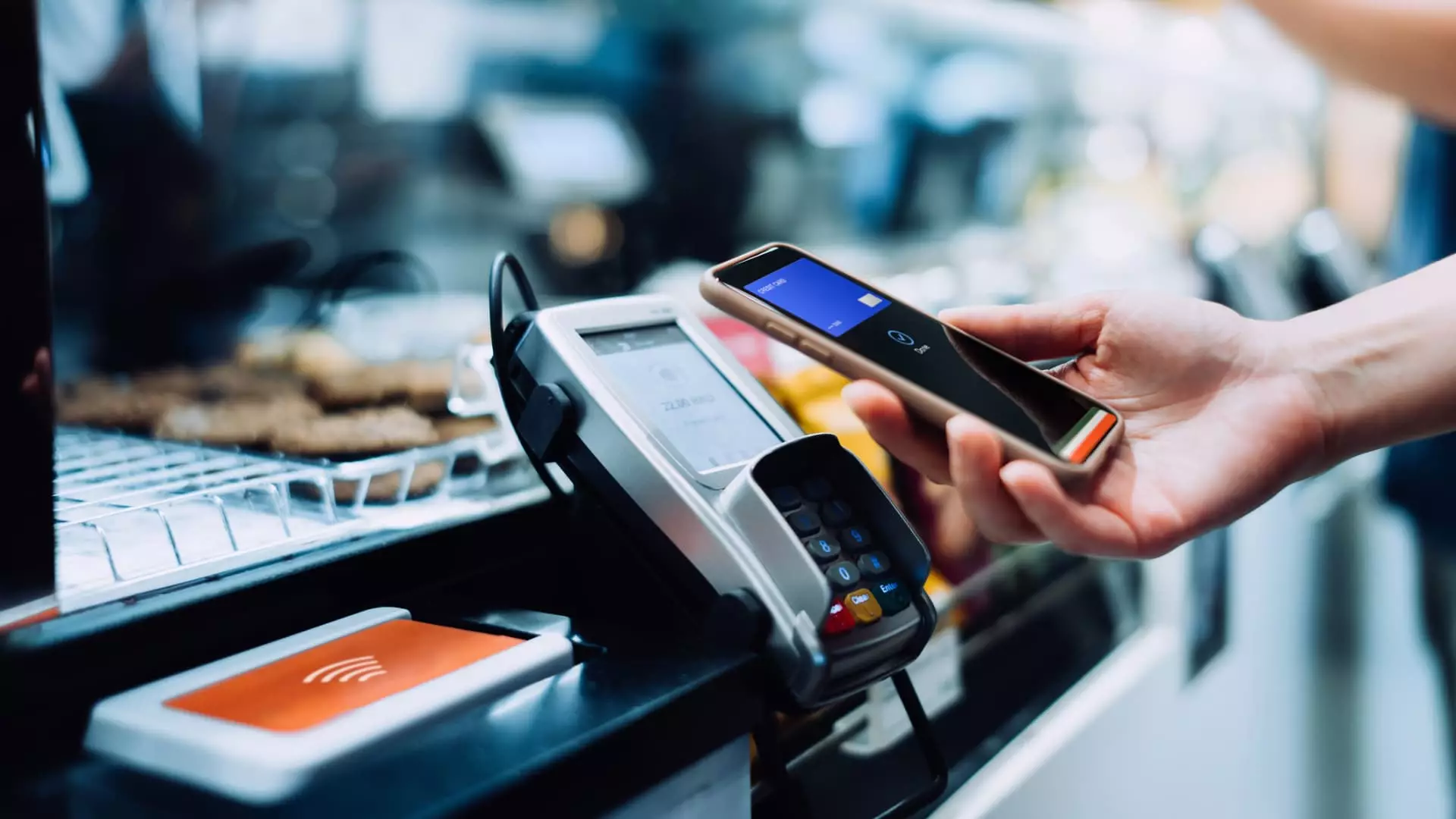In the realm of peer-to-peer payments, where convenience reigns supreme, a seismic struggle is unfolding between industry heavyweights Venmo and Cash App. Both platforms have proliferated unprecedentedly in recent years, drawing millions into their ecosystems. However, recent earnings reports from their parent companies reveal a troubling divergence in trajectories. PayPal, the steward of Venmo, has emerged stronger, while Cash App’s parent company, Block, appears to be grappling with stagnation.
The stark contrasts in performance signal a critical juncture for these platforms, and the broader implications of their competition may reshape the future landscape of digital finance. While Venmo is capitalizing on its user-friendly features and revenue growth, Cash App is struggling to redefine itself amidst user dissatisfaction. For consumers, this evolving dynamic is worth scrutinizing, as it speaks to service quality, user experience, and long-term utility in an increasingly crowded digital finance market.
Venmo’s Sweet Surge: Growth at What Cost?
Venmo has recently reported remarkable growth in revenue, soaring by 20% from the previous year. What is particularly noteworthy here is PayPal’s strategic positioning: CEO Alex Chriss has articulated a vision that leans heavily into monetization efforts. While the number itself is impressive, one must ask: what underpins this growth? The answer lies in a suite of features aimed at enhancing user engagement and monetization.
The introduction of the Venmo debit card, successful integrations with e-commerce, and features like instant transfers are designed to entice users, but they also beg questions of sustainability and long-term engagement. Are these features merely short-term boosts to the bottom line, or is Venmo securing a solid position for the long haul? Furthermore, the aggressive marketing and relentless push for user adoption might also alienate some users who prefer straightforward transactions without the complexity of upselling.
However, Venmo’s strategies are evidently yielding dividends for PayPal, positioning the platform as a formidable player in the e-commerce sector. The challenge remains: can Venmo maintain this momentum without compromising user trust and overall simplicity?
The Perils of Cash App: A Faltering Framework
On the flip side, Cash App finds itself in a precarious situation. After witnessing a decline in investor confidence, CEO Jack Dorsey has openly acknowledged the setbacks the platform has encountered. Finding itself overshadowed by Venmo’s success, Cash App reported a mere 10% growth in gross profit—a significant deceleration in an era where digital finance is supposed to boom. Even more troubling is Dorsey’s admission of Cash App’s identity crisis: many users do not perceive the platform as a genuine banking solution.
This revelation raises an unsettling question: if users don’t see Cash App as a viable banking platform, how can they be expected to engage with its services, such as the recently promoted Cash App Borrow? Complaints of limited functionality can heavily influence consumer choice, especially in a sector characterized by both eternal options and intensive competition. Will Cash App’s attempt to pivot towards lending services be sufficient to reclaim lost ground, or will it fall into the trap of being just another app rather than a holistic financial service?
The User Experience Paradox
At the heart of this battle lies an urgent call for platforms to prioritize user experience. Venmo’s proactive embrace of features like instant transfers and the debit card has been met with enthusiastic adoption, yet it remains imperative that the service does not alienate those who prefer its original simplicity. Conversely, Cash App’s inconsistent user experience and Dorsey’s admission of operational oversight highlight the pitfalls of neglecting the customer interface.
Ultimately, while both platforms keenly aim for growth, it is neither revenue nor user numbers that will define their futures. It’s ultimately the user experience—the seamlessness of peer-to-peer transactions, the satisfaction derived from banking capabilities, and trust in the underlying technology—that will dictate which service prevails in the long run. In a world where digital finance is transforming daily transactions, the vital question remains: who will rise to the occasion by truly listening to their users? The answer could redefine the power dynamics of peer-to-peer payments for decades to come.

